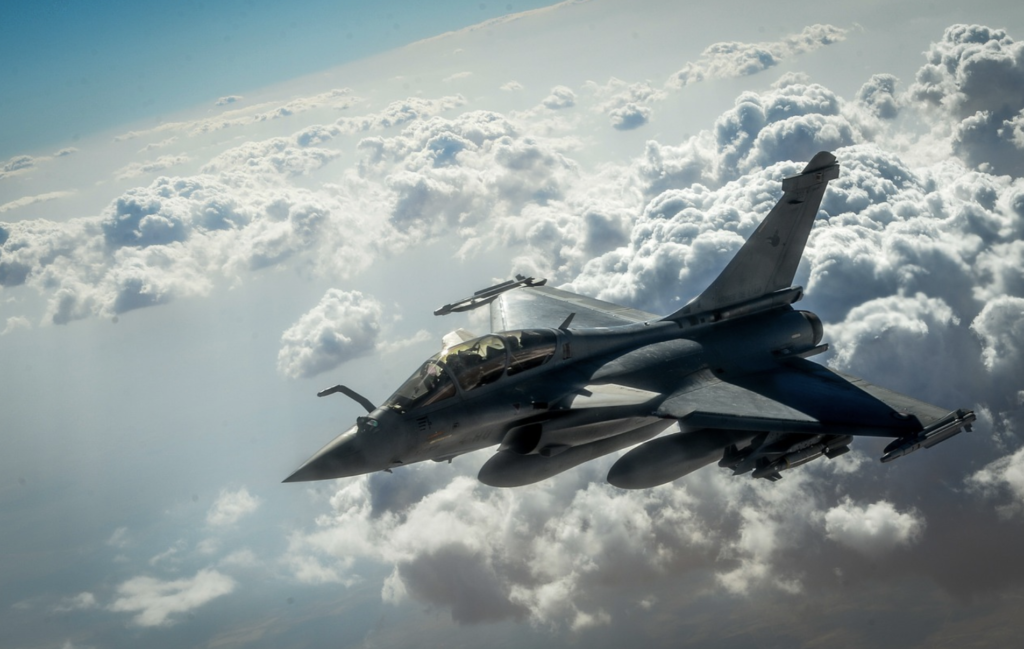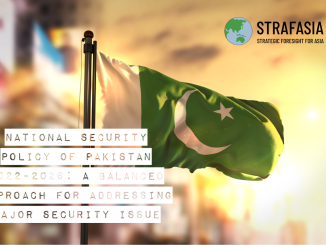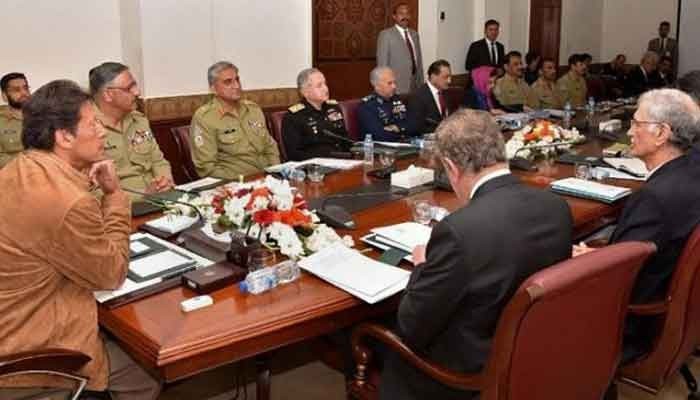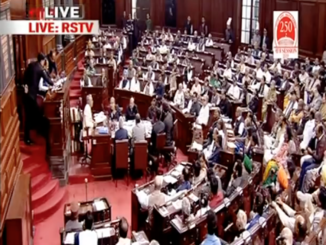
India’s increasing military adventurism is a telltale sign that it is on the quest for hegemony and dominance in the South Asian region. Looking to expand its conventional military capabilities, India’s military leadership has invested in massive defence purchases over the last decade. In fact, the very election manifesto of the Bhartiya Janata Party (BJP) has openly asserted that a key objective is to boost the “strike capabilities” of India’s military. This has manifested in an overwhelming increase of defence acquisition over the years. Take, for consideration, its recent and much awaited acquisition of Rafale fighter jets.
India had agreed to purchase thirty-six Rafale jets along with spares, ammunition and maintenance. With each jet costing India nearly $200 million, the total defence deal amounting to a whopping $8 billion. The Rafale jets have long been touted by the Indian political and military leadership as game changers and essential to the security of India. Even when Pakistani jets shot down the Indian Mig-21, the Indian political leadership spared no breath before declaring it a consequence of not being equipped with the Rafale jets. In the wake of the recent standoff with China, the Indian leadership repeatedly pleaded and urged France to fast track the development and handover of the Rafale jets to the Indian Air Force.
When five Rafale jets were handed over to the Indian Air Force on the 29th of July of this year, Indian political circles, military leadership and media spun into a frenzy, thumping their chests and beating the drums. Some went on to claim that the arrival of the Rafale jets will bolster India’s aerial capabilities vis-à-vis China. Comparisons were even drawn between the Rafale and the Chengdu J-20, China’s indigenous fifth-generation stealth aircraft, declaring that the Rafale has a decisive advantage over the J-20 in combat. It would seem that the Indian analysts have been much too generous in their estimations.
The reality is one cannot compare the Rafale to China’s J-20, without a thorough understanding of the economics of war and conflict. Firstly, the J-20 costs almost half as that of the Rafale and due to its indigenous servicing and maintenance, is substantially less operationally cost-intensive. The Rafale, on the other hand, is expensive and operationally cost-intensive. Therefore, India committing its operationally cost-intensive and expensive jet against the J-20 is highly dubious.
Secondly, in terms of numbers, according to some estimates, China already fields close to fifty J-20 jets and is capable of ramping up production due to the indigenous nature of the jet. India, by contrast, does not have this luxury and is instead, forced to rely on the foreign import of the Rafale jet and its spares and ammunition. Hence, due to its indigenous production, China holds a distinct advantage fielding its J-20, should there be a case of India’s military ingress into its territory. There are talks between Dassault and India for producing Rafale by the Hindustan Aeronautics Limited (HAL) but that seems to be a pie in the sky. Not to mention, the massive production cost of the Rafale would also limit India’s production of the jets.
What is also important to consider is the operational capability. Comparing the Rafale to a J-20 is somewhat of an error. The Rafale is considered to be a 4.5 generation fighter with advanced aeronautics, manoeuvrability and speed, along with an Active Electronically Scanned Array (AESA) Radar and Infra-Red Search and Track (IRST) sensor. However, the J-20, along with these features also has stealth capability. The J-20 has been designed with an internal weapons bay and is also envisioned to have ‘supercruise’ ability. These features mean that it can easily evade radar detection due to its small radar cross-sectional area. Therefore, the Rafale is not a direct competitor of the J-20. The Rafale can be regarded more of a competitor to China’s SU-30 and SU-35, of which China has a combined strength of a hundred combat aircraft. It is evident therefore that China has a visible and tangible advantage of numbers in this department as well.
Perhaps what could be regarded as a competitor to the Rafale is the Pakistani and Chinese developed JF-17. This especially holds true with the production of the Block III of the JF-17, which has granted it significant aeronautical advancement. In particular, the JF-17 Block III will be equipped with AESA Radar along with helmet-mounted displays and an IRST system as well. These capabilities will put it on par with the Rafale.
While India celebrates its latest additions to its defence capabilities, concerns have been raised on whether such armament is accentuating India’s military aggression. Could it be that India may seek another military misadventure in the Galwan Valley on the basis of its overestimation of its defence capabilities? Already, the region is witness to an escalation of border conflicts between India and its neighbours. There is a case to be made that the arrival of the Rafale might increase the chances of India risking the strategic stability of the region, in particular with China. This would be a grave miscalculation as India’s estimation of challenging Chinese air dominance is misleading at the very least.
It is time that the Indian leadership comes to grips with the ground realities. It would serve India well to introspect its approach to regional stability, where it has used military coercion and force to exercise its writ and fulfil its relentless power ambitions. This is surely not a sustainable or beneficial policy tool, especially vis-à-vis its relationship with its neighbours Instead of actively working towards regional harmony and cooperation, India has maintained a hostile and aggressive posture towards its neighbours, isolating and threatening them. With an aggressive defence buildup and a consistent influx of military arms, India’s quest for hegemony is abundantly clear. Analysts would be right to suggest that such a policy direction will be damaging for any promise that South Asia has for regional peace.




Well articulated.